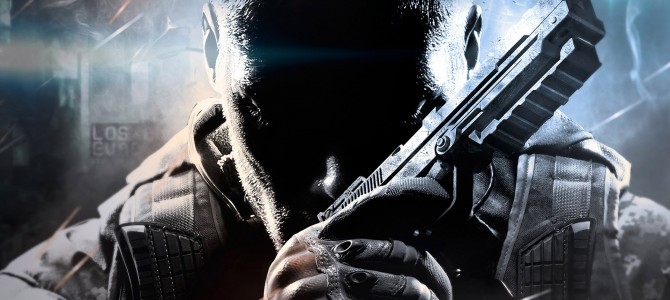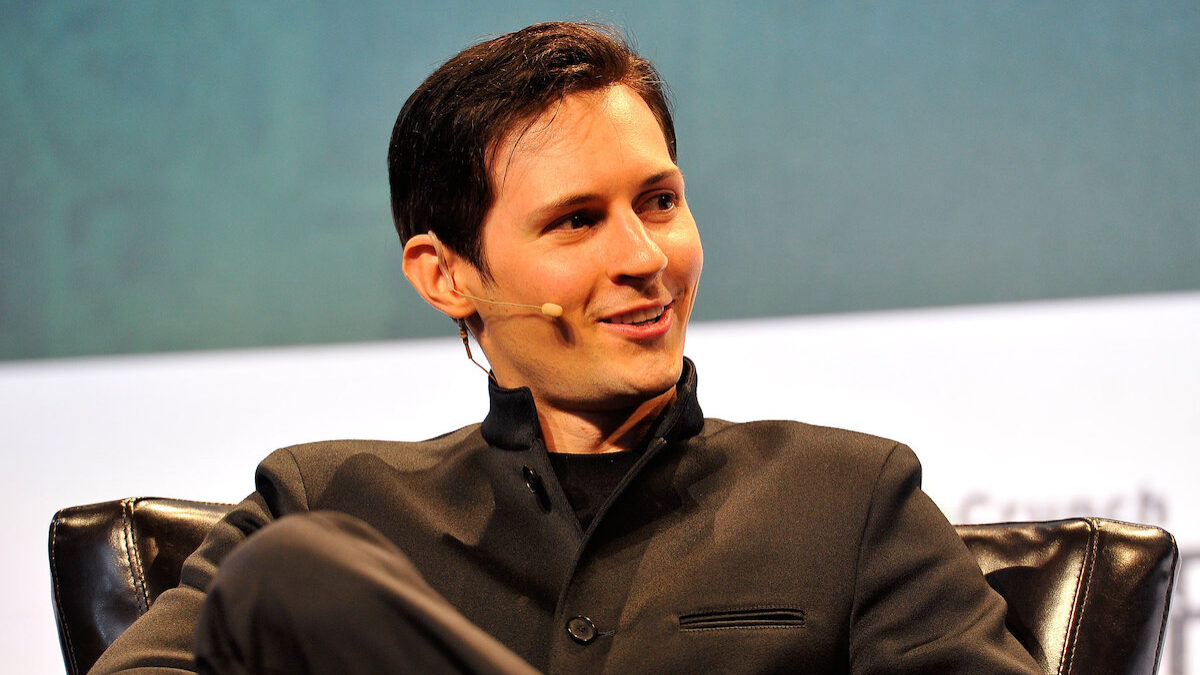
When I was nine years old, I tricked my parents. It’s a trick recognizable to any kid: playing the two off each other. The hot new video game at the time was “Mortal Kombat 3.” I wanted it. I knew I wasn’t allowed to have it. I was also pretty sure that my father wasn’t aware that I wasn’t allowed to have it.
“Did Mom say you can have this?”
I shrugged. “I don’t know.”
Thirty minutes later, I was popping “Mortal Kombat 3” into my Genesis video game console while my parents were excusing themselves to have a conversation about parenting strategy.
I played “Mortal Kombat,” and I turned out ok.
An easy target
Earlier this month, an employee of a defense contracting firm walked into Washington’s Navy Yard with a modified shotgun and killed twelve innocent Americans in a horrific shooting spree. Details surrounding the killing – and of the killer – continue to emerge, but as so often is the case, the human urge to attempt to understand the motivations behind horrific acts has led the media to try to construct simplistic narratives.
Friends described the Navy Yard shooter as “obsessed with violent video games,” particularly first-person shooter series “Call of Duty.” It’s a familiar story line with talking heads psychoanalyzing mass murderers. Adam Lanza, who murdered 26 people, mostly schoolchildren, in last year’s Sandy Hook Elementary crime was an avid “Call of Duty” player as well. The man who bombed government buildings and then went on a mass shooting spree in Norway claimed that he used video games like “Call of Duty” and “World of Warcraft” as training for his crimes. The media reported that video games might have been a factor in last year’s shooting in Aurora, Colorado – noting that police seized video games like “Skyrim,” “Oblivion,” and “Starcraft” from his home.
Last week, the newest entry in one of the most popular and influential video game series of all time was released. “Grand Theft Auto V” made over $1 billion in sales in the first three days of its worldwide release. The “Grand Theft Auto” series, perhaps more than any other – including the oft-cited “Call of Duty” – has been the foundation of moral panic around the world. It’s a game in which players are given a city, complete with computer-generated civilians, free to roam around in. While the object of the game is to build up a criminal empire by taking on other criminal enterprises, players are also given free rein to commit horrendous atrocities upon computer-generated innocents.
Entries in the “Grand Theft Auto” series have been banned in Australia, Brazil, Saudi Arabia, Thailand, United Arab Emirates, South Korea, Indonesia, and Germany. The games are available in many of these locations now because the developers edited the content, but the point remains: GTA is and has remained a target for moral outrage around the world. Last year, U.S. Sen. Joe Manchin said that “Grand Theft Auto” should be “looked into and maybe banned” in the United States.
Many video games are certainly violent and will seldom shock the sensibilities of the uninitiated, but this all begs the question: do violent video games actually have these kinds of feared effects on their users?
The simplest, cleanest answer to that question is no. Research in the field is new – it’s only been twenty years since video games were able to approximate anything even close to resembling realistic sorts of violence – but it’s irresponsible to draw a straight line from even speculatively conclusive research on video game violence to real-world atrocities.
Most research into the effects of violent video games regards their ability to increase aggressive tendencies in players. The literature is mixed. It’s difficult to say with any certainty that any class of video games played by any class of people have significant or long-term effects on aggressive tendencies. At the same time, there are many studies that have found those kinds of connections.
Australia has some of the most stringent government regulations on video games in the world. The government has forced edits to some of the greatest games of all time – “Grand Theft Auto IV” and “Fallout 3,” to take two examples – as a precondition to approval in the country. There’s a central classification board that rates every video game on a rating scale from “General” to “R18+.” It’s illegal to sell MA15+, R18+ and X18+ to gamers younger than 15 and 18, respectively.
The 18+ classifications are new, having only come into existence at the end of 2012. As a part of the review process to add the 18+ category, the Australian government commissioned a literature review on the effects of violent video games. Drawing on 76 books and published journal articles, the Australian Attorney-General’s department concluded that:
“[S]ignificant harmful effects from VVGs [violent video games] have not been persuasively proven or disproven. There is some consensus that VVGs may be harmful to certain populations, such as people with aggressive and psychotic personality traits. Overall, most studies have consistently shown a small statistical effect of VVG exposure on aggressive behavior, but there are problems with these findings that reduce their policy relevance.”
The research isn’t there to draw a direct causal link between video games and real-world violence. It’s possible, however, that video games could have significant effects on players’ aggressive tendencies in both the short- and long-term. There’s enough research to have been able to completely rule out a link between video games and violence if that were truly the case.
Unfortunately, but predictably, the gaming community wants to dismiss the idea that gaming can have emotional and psychological effects out of hand. Gaming opinionators can get defensive when the subject comes up. Comments like “maybe the people who criticize violent games should play them” are commonplace – a sentiment that attempts to deflect the conversation away from academic literature and into anecdote.
In a way, these discussions have been occurring for much longer than since video games have become ubiquitous. Rap music, violent and obscene movies, sports and other forms of media have all been similar flashpoints of moral scrutiny. Specifically, researchers have focused on other media’s tendency to increase aggressive behavior in teens and adolescents.
When it comes to other media, it’s familiar but it’s true: research is mixed.
What this debate implicitly concedes is that if the research was conclusive that video games could affect behavior in small but perceptible ways, public policy might need to reflect that. Australia certainly does. The United States is unique in its protections for free speech, even when that free speech is expressed in the creation and marketing of a violent video game. The jump to government regulation for media that might be harmful ignores the role that traditional family structures and social mores have always played regarding what might be unacceptable behavior.
A measure of common sense
Parents need to be active participants in the entertainment lives of their children. It would be odd if parents did not monitor other activities like sports that take a key developmental role in their child’s life. It’s been long accepted that parents need to make sure their children watch and listen to age-appropriate movies, television and music. Video games should be no different.
Unlike Australia, content rating for video games in America is largely done by the industry itself rather than the government. The Entertainment Software Rating Board, which almost universally provides ratings for video games, was established in 1994 around the time that moralizing politicians in Washington had begun criticizing the video games industry. Herb Kohl and Joe Lieberman (Democratic senators from Wisconsin and Connecticut, respectively) threatened action in the form of the Video Game Violence Act in 1993 and, in 1994, the ESRB was created.
ESRB ratings are actually pretty good. They range from E (Everyone) to M (Mature). (Plus the rarely-used Ao – Adults-Only – which is a bit like a movie being rated NC-17. Ao is a death sentence for distribution and sales.) Every “Grand Theft Auto” game is rated M. All but one entry in the “Mortal Kombat” series has been rated M. The ratings are large and clearly marked on every video game package. That being said, it’s not illegal to sell M-rated games to children. The ratings are taken seriously by retailers themselves, though – many of the largest, such as Gamestop and Best Buy, have as store policy not to sell M-ratings to minors.
In the absence of federal regulations, different states around the country have attempted to restrict video game sales based on content. These laws – like in California and Illinois – have been struck down by courts. The games industry has argued that the self-regulation of the ESRB and parent ability to monitor kids’ media consumption is what should be the prevailing order. Courts have agreed, and in Justice Antonin Scalia’s majority opinion in 2011’s Brown v. Entertainment Merchants Association, the Supreme Court said that video games might not have any larger impact upon a child’s psyche than Grimm’s Fairy Tales. There are no regulations on the sale of literature to children.
Video games did not, in any way, cause the crimes of Navy Yard, Newtown, Aurora, Columbine, or any of the other tragedies that they’ve been blamed for. It is important, though, to recognize that violent video games might have absolutely some kind of psychological effect on its players. The effect might not be any larger than other kinds of vivid media. What this means is that our status quo is likely the correct one. If video games do have a measurable psychological effect on the players, government restrictions are still not the answer. Parents are, and they always have been.
I wasn’t allowed to play football as a child because my parents worried about what harm may come to me. I didn’t see my first R-rated movie until my parents thought it was okay, but it wasn’t until a few years after I brought home “Mortal Kombat 3.” I played “Mortal Kombat 3” when I was nine years old, and I turned out okay – but I would have turned out okay if I had been made to wait a few years for the most violent video game around.









